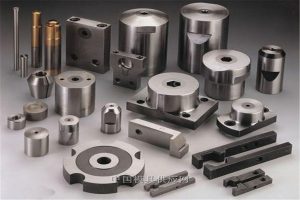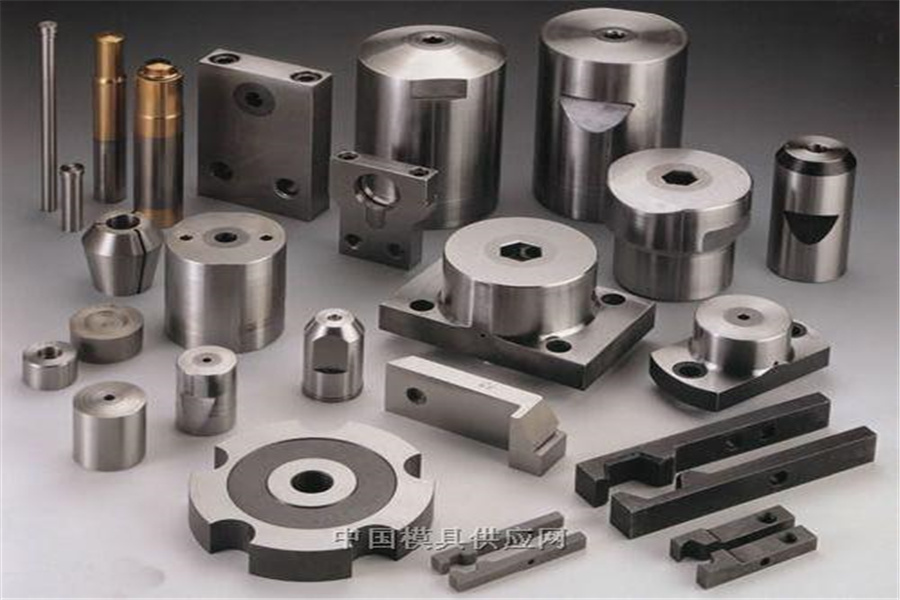What are the characteristics of the CNC turning process?
Turning is a method of cutting the workpiece on the lathe by rotating the workpiece relative to the tool. Turning is the most basic and common cutting processing method. Most workpieces with revolving surfaces can be processed by turning methods, such as inner and outer cylindrical surfaces, inner and outer conical surfaces, end surfaces, grooves, threads, and rotary forming surfaces. Common lathes can be divided into horizontal lathes, floor lathes, vertical lathes, turret lathes and profiling lathes, and most of them are horizontal lathes.
Due to the development of modern science and technology, various high-strength and high-hardness engineering materials are increasingly used. Traditional turning technology is difficult or impossible to process certain high-strength and high-hardness materials. Hard turning technology made it possible and achieved obvious benefits in production.
The following is a brief introduction to the characteristics of turning processing for everyone:
1. Introduction to the characteristics of turning
(1) High turning efficiency
Turning has a higher efficiency than grinding. Turning often uses large laser cutting depths and high workpiece speeds. The metal removal rate is usually several times that of grinding. During turning processing, one clamping can complete multiple surface processing, while grinding requires multiple installations, so the auxiliary time is short and the position accuracy between the processed surfaces is high.
(2) The cost of equipment investment is low. When the productivity is the same, the investment of a lathe is obviously better than that of a grinder, and the cost of its auxiliary system is also low. For small batch production, turning does not require special equipment, while large batch processing of high-precision parts requires CNC machine tools with good rigidity, high positioning accuracy and high repeat positioning accuracy.
(3) Suitable for small batch flexible production requirements. The lathe itself is a flexible processing method with a wide range of processing. The lathe is easy to operate and fast in turning and clamping. Compared with grinding, hard turning can better meet the requirements of flexible production.
(4) Hard turning can make the parts obtain good overall machining accuracy
Most of the heat produced in hard turning is taken away by the cutting oil, and it will not produce surface burns and cracks like grinding. It has excellent surface quality, accurate roundness, and can ensure a high degree of processing between the surfaces. Position accuracy.

2. Cutting tool materials and their selection
(1) Coated carbide tools
Coated cemented carbide tools are coated with one or more coatings with good wear resistance on the tough carbide tools. The coating usually plays the following two roles: On the one hand, it has better performance than the tool. The much lower thermal conductivity coefficient of the base and workpiece materials reduces the thermal effect of the tool base; on the other hand, it can effectively improve the friction and adhesion of the cutting process and reduce the generation of cutting heat. Compared with cemented carbide tools, coated cemented carbide tools have greatly improved in terms of strength, hardness and wear resistance.
(2) Ceramic tool
Ceramic tools have the characteristics of high hardness, high strength, good wear resistance, good chemical stability, good anti-adhesion performance, low friction coefficient and low price. In normal use, the durability is extremely high, and the speed can be increased several times compared with cemented carbide. It is especially suitable for high-hardness material processing, finishing and high-speed processing.
(3) Cubic boron nitride tool
The hardness and wear resistance of cubic boron nitride is second only to diamond, and it has excellent high temperature hardness. Compared with ceramic tools, its heat resistance and chemical stability are slightly worse, but its impact strength and crush resistance are better. If you don’t want to engage in low-level work, want to get rid of the status quo, and want to learn UG programming, you can join the QQ group 192963572 to learn CNC machining programming technology. It is widely used in the cutting of hardened steel, pearlitic gray cast iron, chilled cast iron and high-temperature alloys. Compared with cemented carbide tools, its cutting speed can even be increased by an order of magnitude.
Third, the selection of cutting oil
(1) Tool steel tools have poor heat resistance and lose hardness at high temperatures. Therefore, it is required to use cutting oils with good cooling performance, low viscosity and good fluidity.
(2) When high-speed steel cutting tools perform high-speed rough cutting, the cutting amount is large and a large amount of cutting heat is generated, so cutting oil with good cooling properties should be used. If high-speed steel tools are used for medium and low-speed finishing, low-viscosity cutting oil is generally used to reduce the friction and bonding between the tool and the workpiece, inhibit the formation of cutting edges, and improve the machining accuracy.
(3) Cemented carbide tools have higher melting point and hardness, better chemical and thermal stability, and much better cutting and wear resistance than high-speed steel tools. Active sulfur cutting oil can be used in general processing. If it is heavy cutting, the cutting temperature is very high, and the tool is easy to wear very quickly. At this time, inactive vulcanized cutting oil should be selected and the flow of cutting oil should be increased to ensure sufficient cooling and lubrication.
(4) Ceramic cutting tools, diamond cutting tools and cubic boron nitride cutting tools have high hardness and wear resistance. Generally, low-viscosity inactive vulcanized cutting oil is used during cutting to ensure the surface finish of the processed workpiece.
The above is the characteristics of the turning process. There are precautions. The reasonable selection of cutting tools and cutting oil products can significantly improve the quality of the workpiece.
